Each day, approximately six million youths around Korea march down the well-trodden path of conventional public school education and college admissions. Meanwhile, less than 1.5% of the student population takes a detour. These self-directed learners opted out of public education to pursue their own aspirations.
Korean society entangles this alternative route with thorns. Older generations assume students dropped out due to academic incompetence or laziness. “The most hurtful comment I’ve heard from other people is: ‘Why would you drop out? What are you going to do with your life?’,” said Jiyoon Kim, an incoming freshman at Seojeong University who left her high school in 2023.
Yet, out-of-school students account for 40% of all youth crimes. This comes from how the Ministry of Education virtually abandons this demographic, leaving them more vulnerable to straying down the wrong path. This stigma frames the innocent and increases the chances of delinquency by 3.6 times.
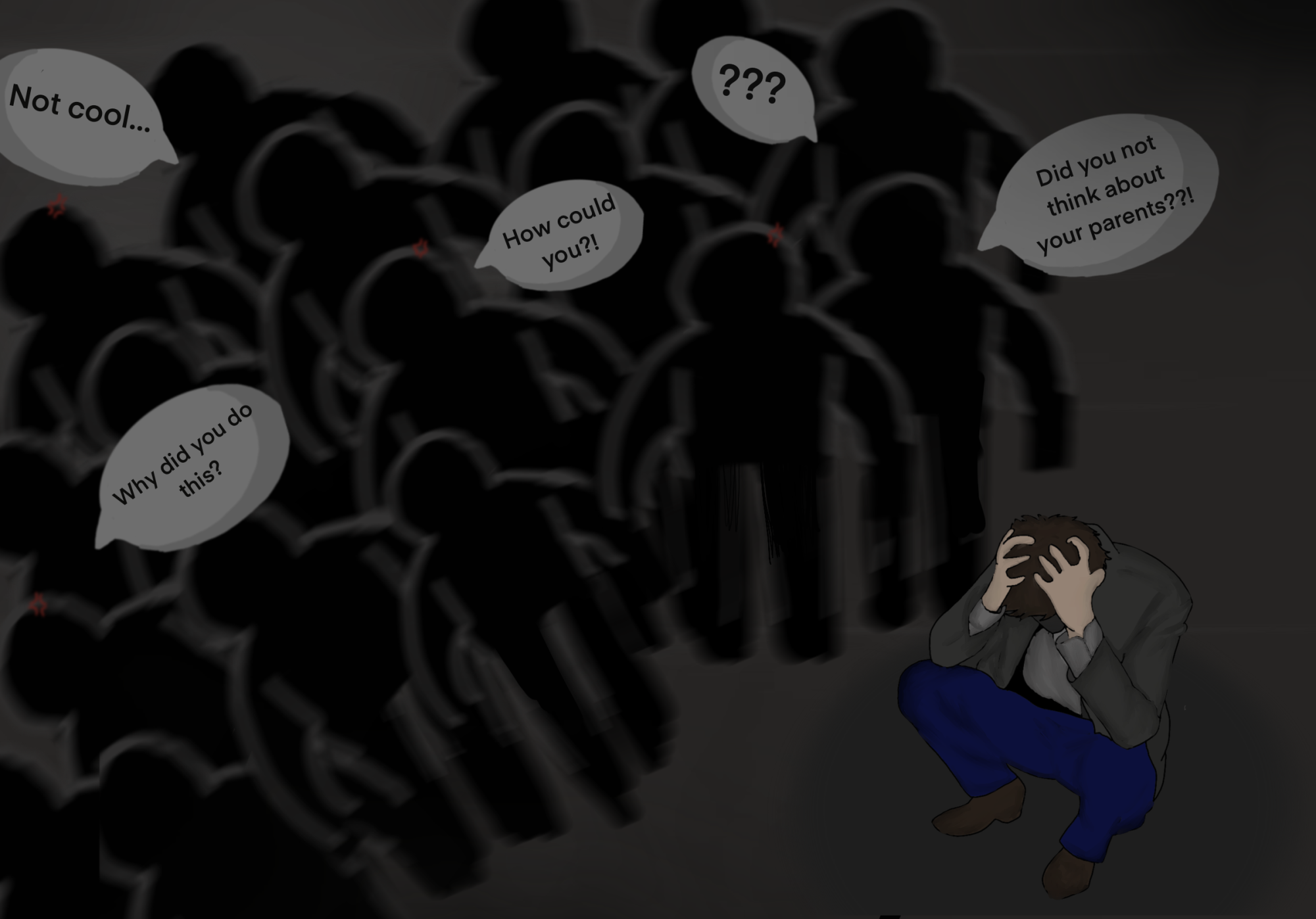
Although society frowns upon dropouts as they purportedly “gave up on academics,” many choose to leave the conventional system to pursue their dreams. “I felt pushed into a dichotomy where I had to drop out or push myself into extreme academic pressure. Since elementary school, my goal was to go abroad and study. So after I dropped out, I enrolled in an online American school.” said Jiyoon Lee, an independent learner from Busan who left the education system in sixth grade.
Like Lee, Kim decided to take an alternative route with hopes of becoming a police officer or a firefighter and outlined her future plans to convince her family. “I leveraged my passion a lot. I had something I wanted to do, and civil service exams require a lot of preparation. So I told my family that staying in the traditional system felt like a barrier, not a necessity,” she said. Contrary to the assumption that dropouts neglect education, over 40% of students take the General Equivalency Diploma or enroll in alternate schools.
Yet, a lack of robust support networks leads out-of-school students to lose connection with their peers. “I attended four elementary schools, so I didn’t have friends that I had a deep relationship with. I tried multiple times to reach them after dropping out, but they wouldn’t show up on the day. Eventually, I just gave up,” Lee said.
When accumulated, this ostracization builds up to unsatiated loneliness. “After a year or two, I saw my friends going on school trips or outings with their friends, and I was the only one who was alone in my house. At that point, it kind of struck me that I felt isolated,” Lee said.
In order to build social connections, some utilize support networks such as the “자퇴생활백서 (A comprehensive guide for dropout students)” to gather information and form new relationships. But the voluntary nature of these programs leads youth to opt out. “When I dropped out, I didn’t want to form new relationships. Also, those communities seemed to be mainly Seoul-based, so it was quite hard for me to meet up with them and have a face-to-face conversation,” Lee said.
This isolation also leaves out-of-school teens more prone to anxiety and fear of their future. Kim said, “I used to be a really optimistic person, but as I spent more time alone, I kept ruminating whether I would be able to go to university with the GED. I eventually started thinking, ‘I can’t do this. I’ll never make it.’ A few months in, I researched about how I was feeling and I realized that I should seek professional help.”
Thankfully, many in limbo find solace with family. “I tried to spend as little time by myself in my room as possible. I also talked a lot with my cousin and traveled with her a lot,” Kim said. “She told me, ‘Let’s not be hurt by what hasn’t even happened yet.’ That made me realize that I wasn’t alone, and eventually, I was able to get over my depression.”
With encouragement and introspection, unenrolled students come out of their shells and take away valuable lessons about themselves. “I thought I was a person who didn’t really care if I had people to compete with, to talk with, and have a school life with,” Lee said. “If I hadn’t had these experiences after dropping out, I don’t think I would’ve known, and maybe I would have had to deal with this loneliness later in life.”
Such unique experiences equip self-directed students with independence and vision few of their conventional counterparts have. “When I was in high school, I never knew what I had to do,” Kim said. “But after I left, I realized that if I don’t do anything, I won’t get anywhere. So I searched a lot on my own, and I think that process helped me a lot.”
As a result, Kim’s detour ended up a shortcut. “I chose to attend Seojeong University because it has a 100% civil service exam acceptance rate for paramedics. But after I got accepted into college, my family didn’t want me to study emergency rescue. They said, ‘You CANNOT go into that major,’ and ‘Why do you want to take the hard path?’ I knew that a different major would bore me quickly, so I convinced my family by appealing to how the job fits my passions and personality.”
The deeply rooted stigma around dropouts often traps out-of-school students in isolation. Nonetheless, those in limbo navigate this stigma-clouded route and emerge resilient and future-driven. “The perception of high school dropouts has improved in past years, but they still exist,” Kim said. “I hope people realize that there are also students who decide to leave out of passion, not out of pain.”

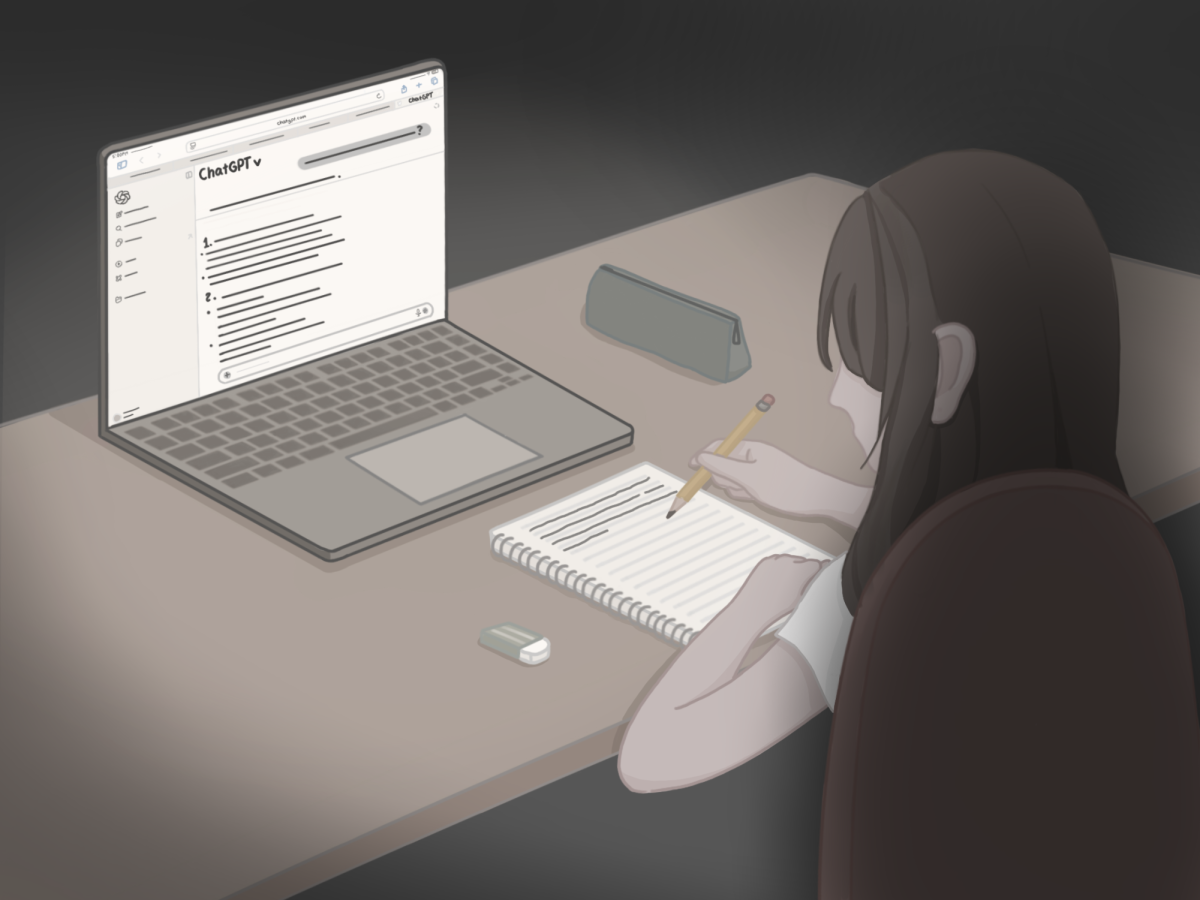

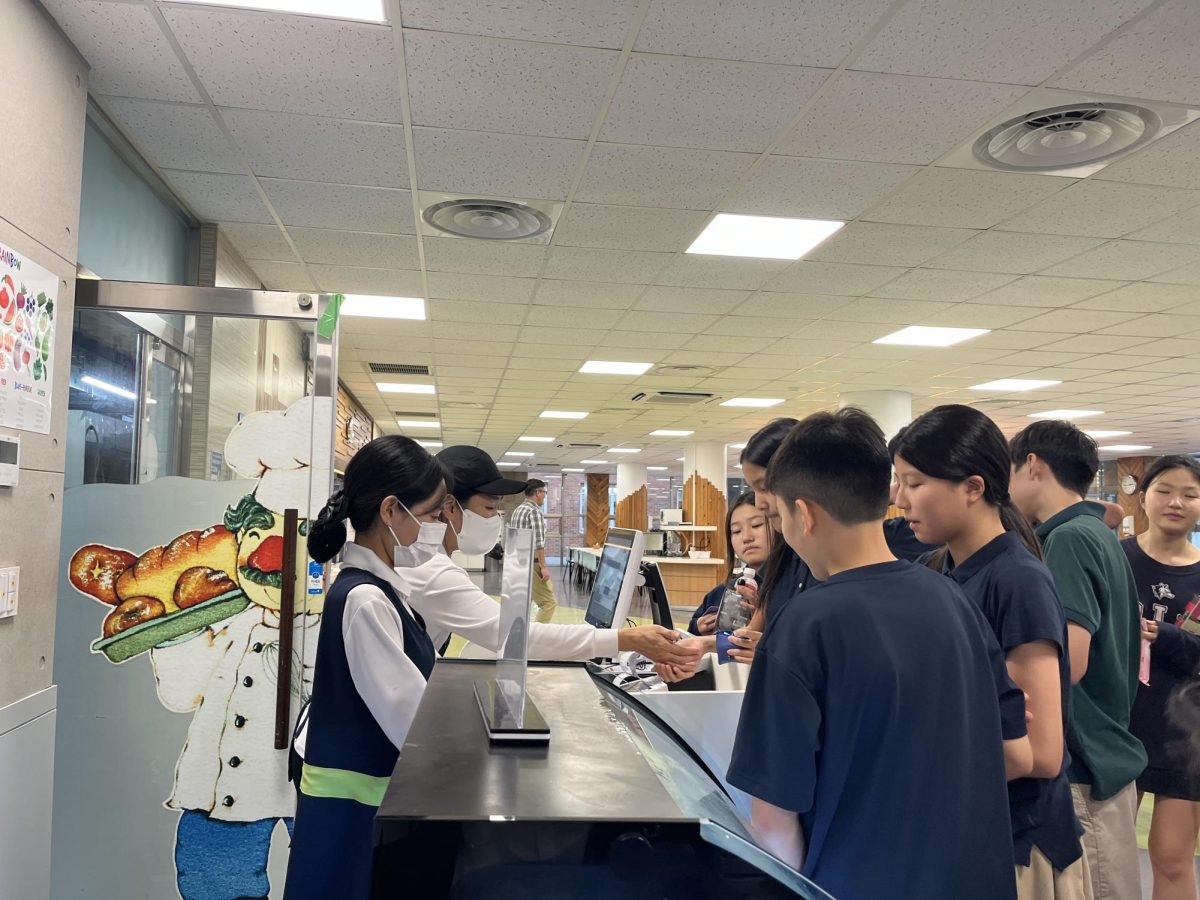

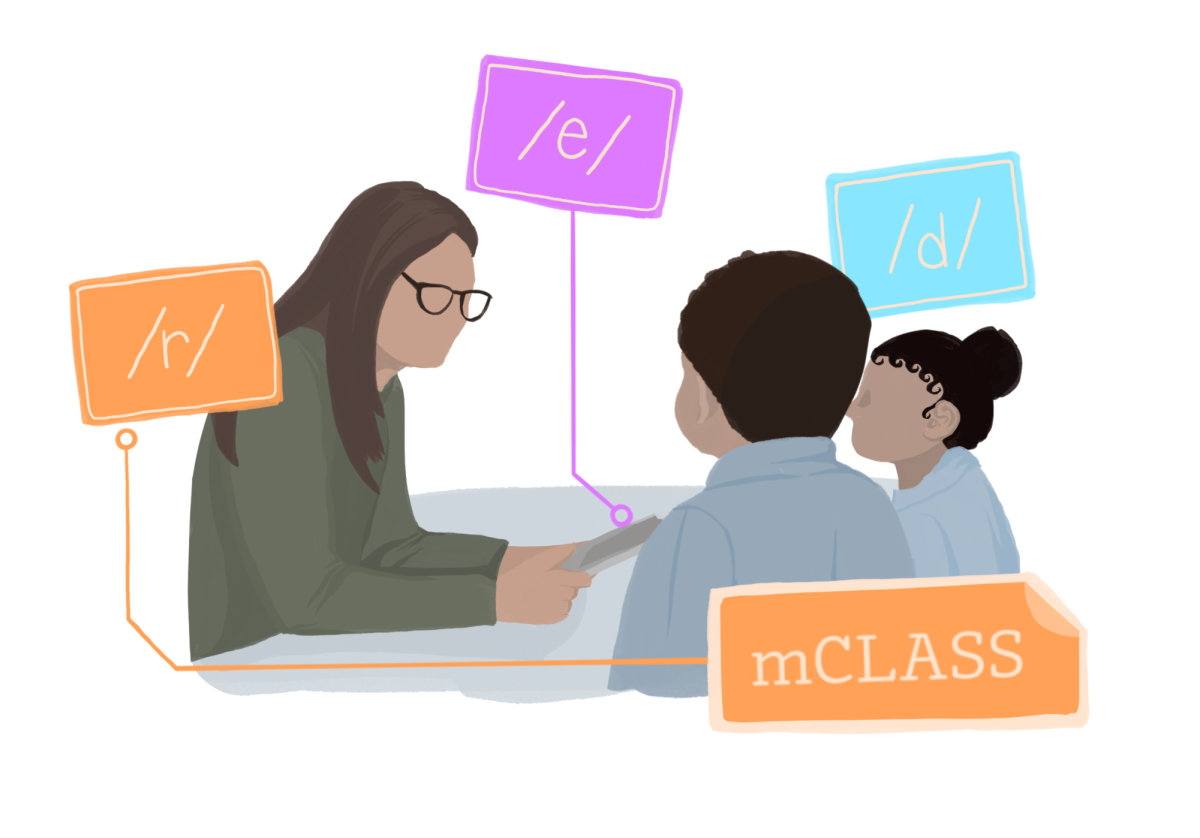
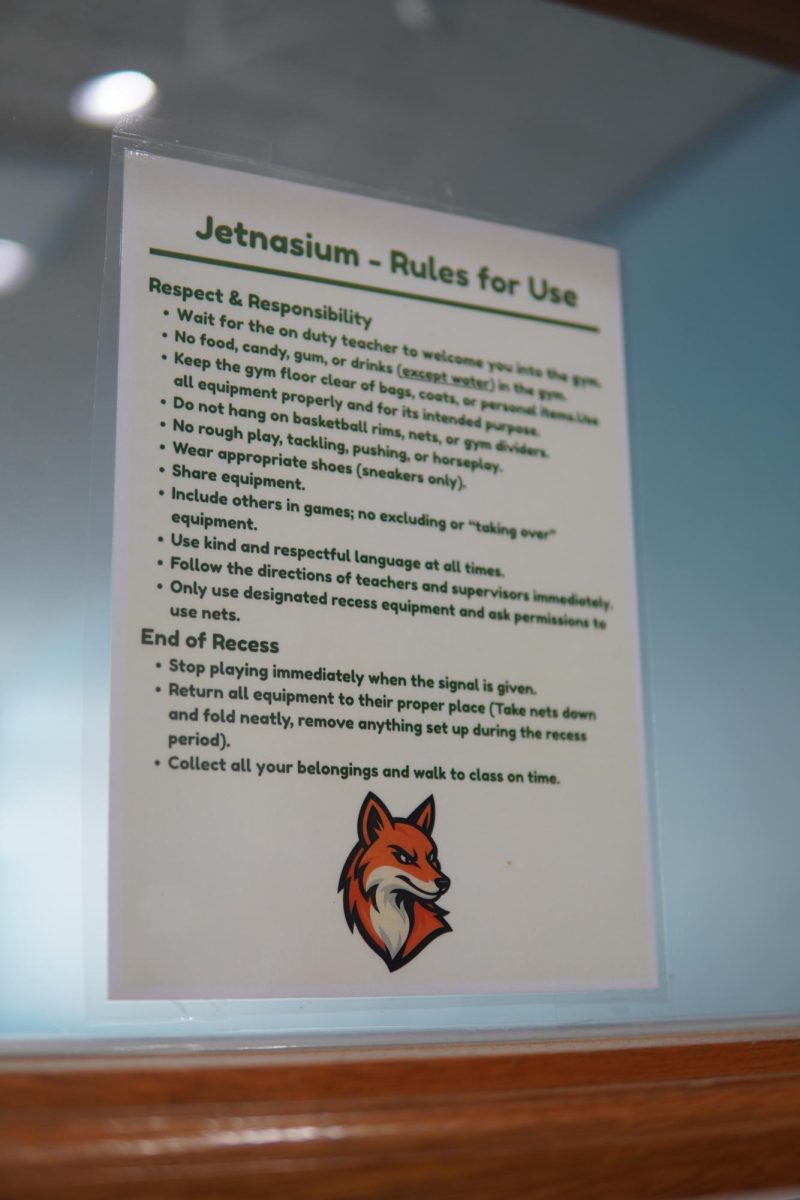
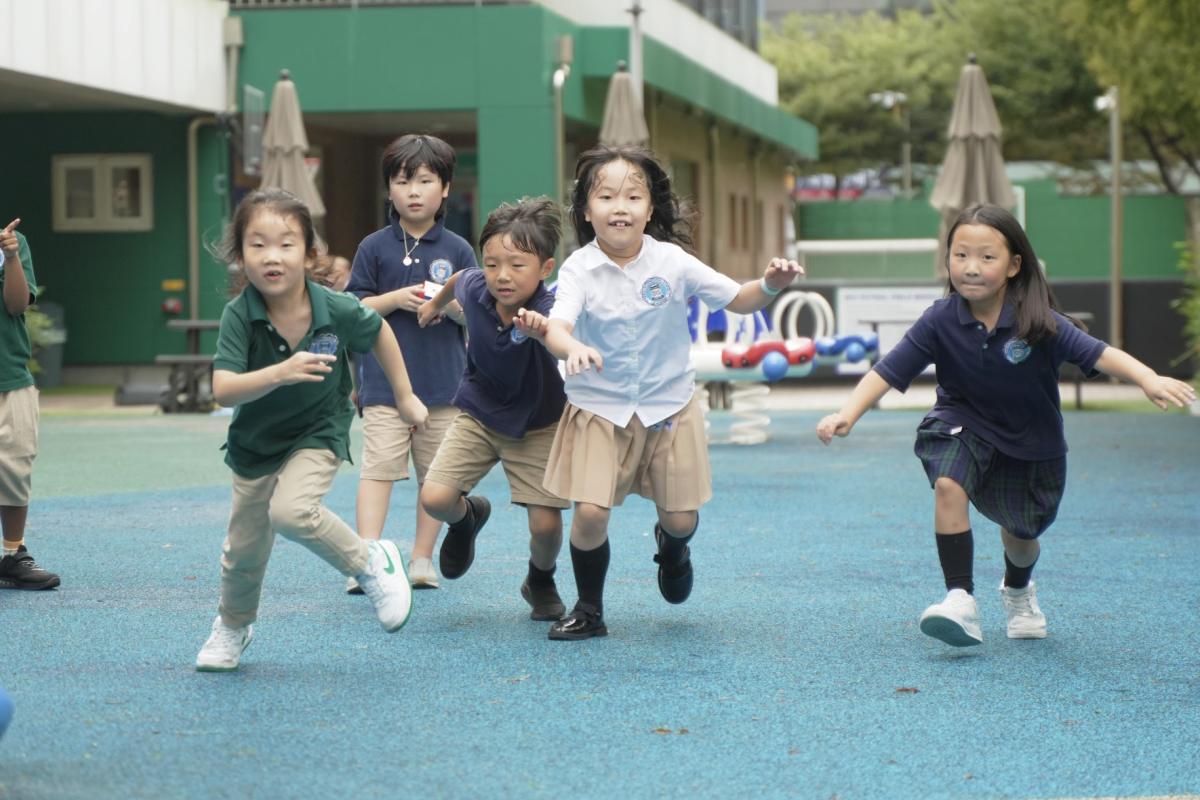
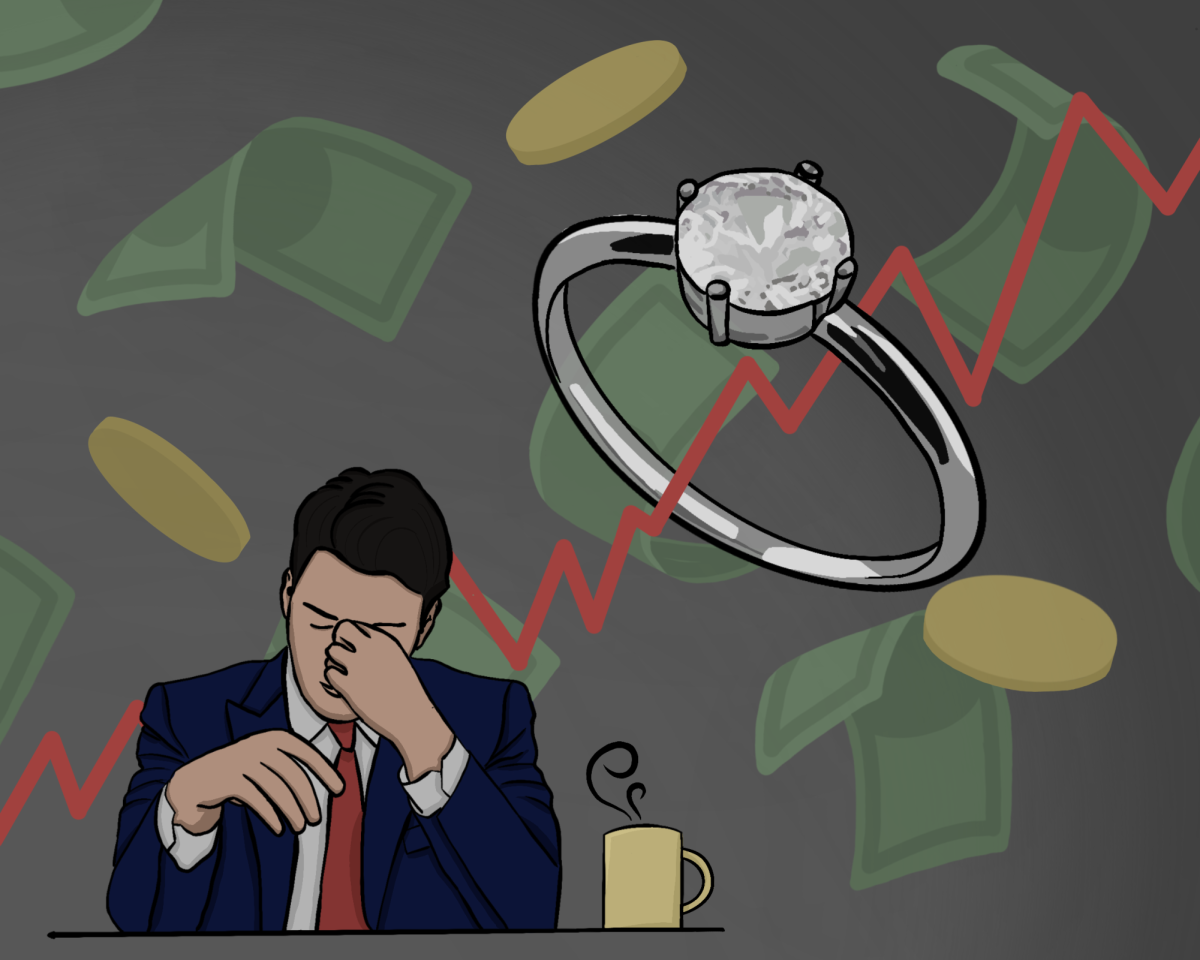
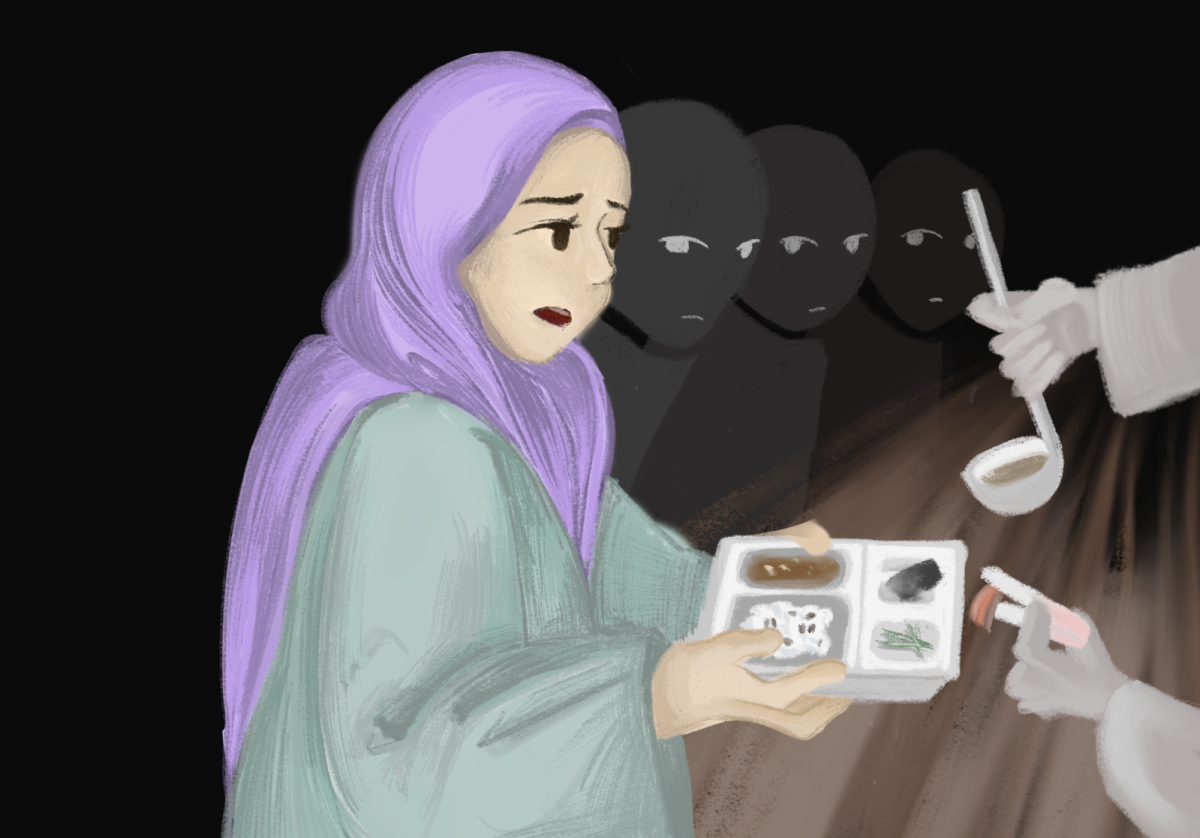
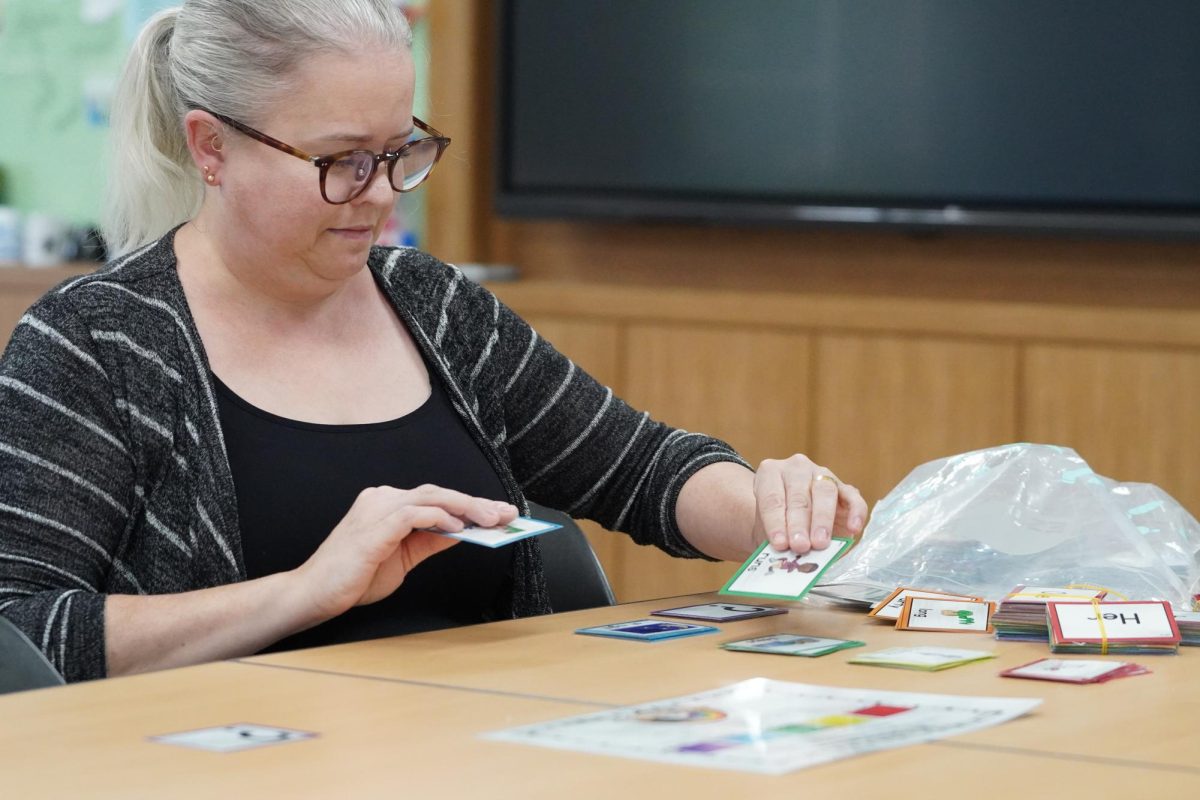

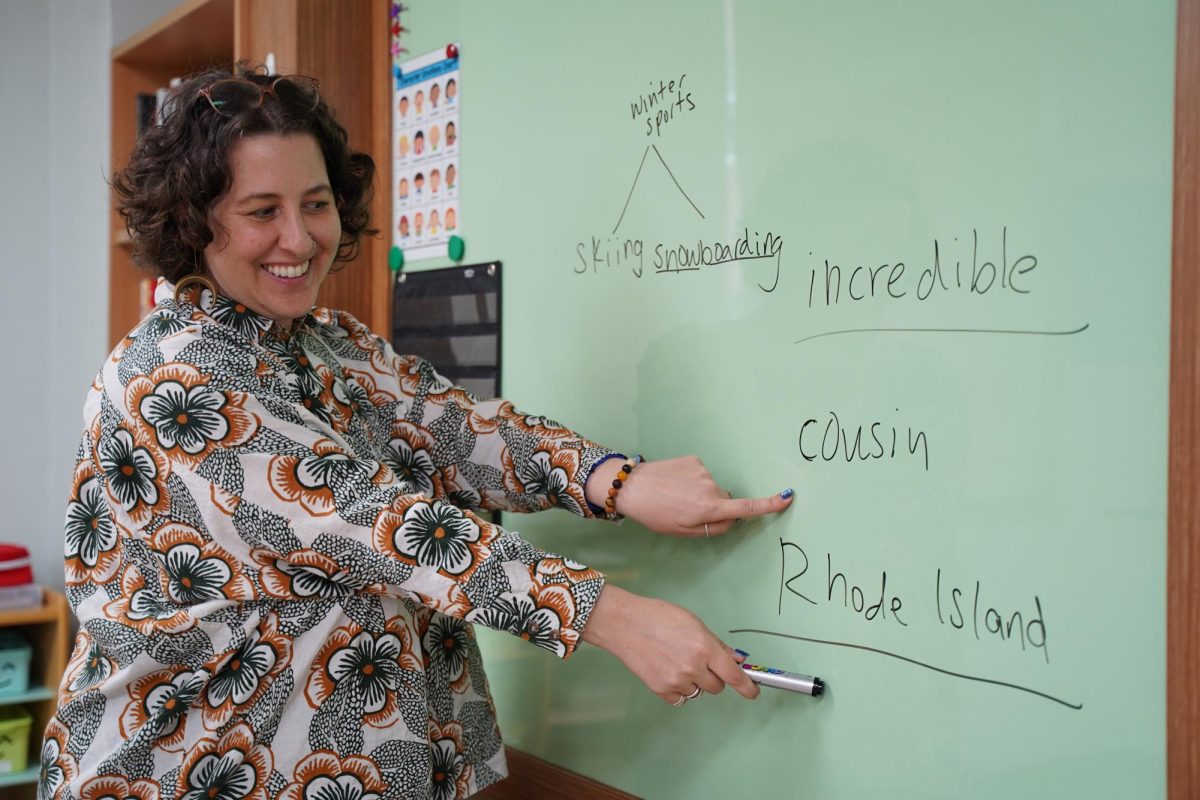


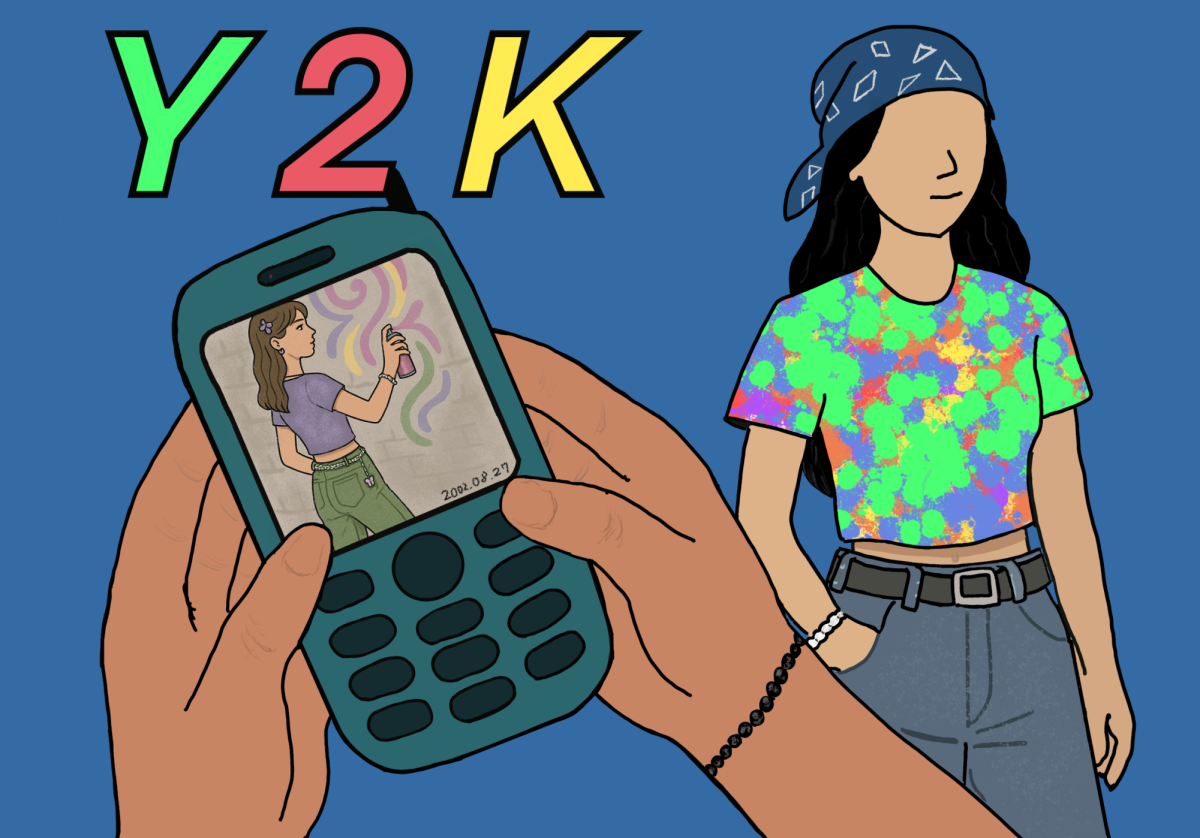
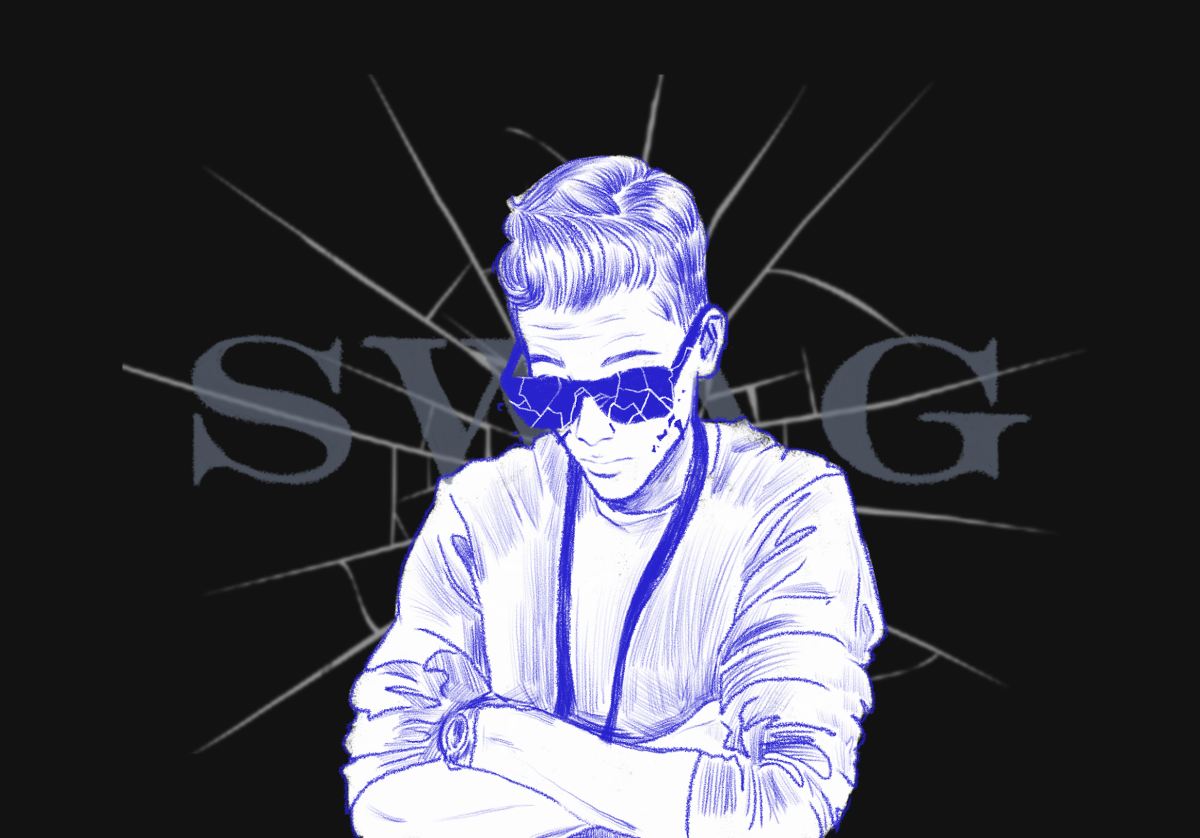
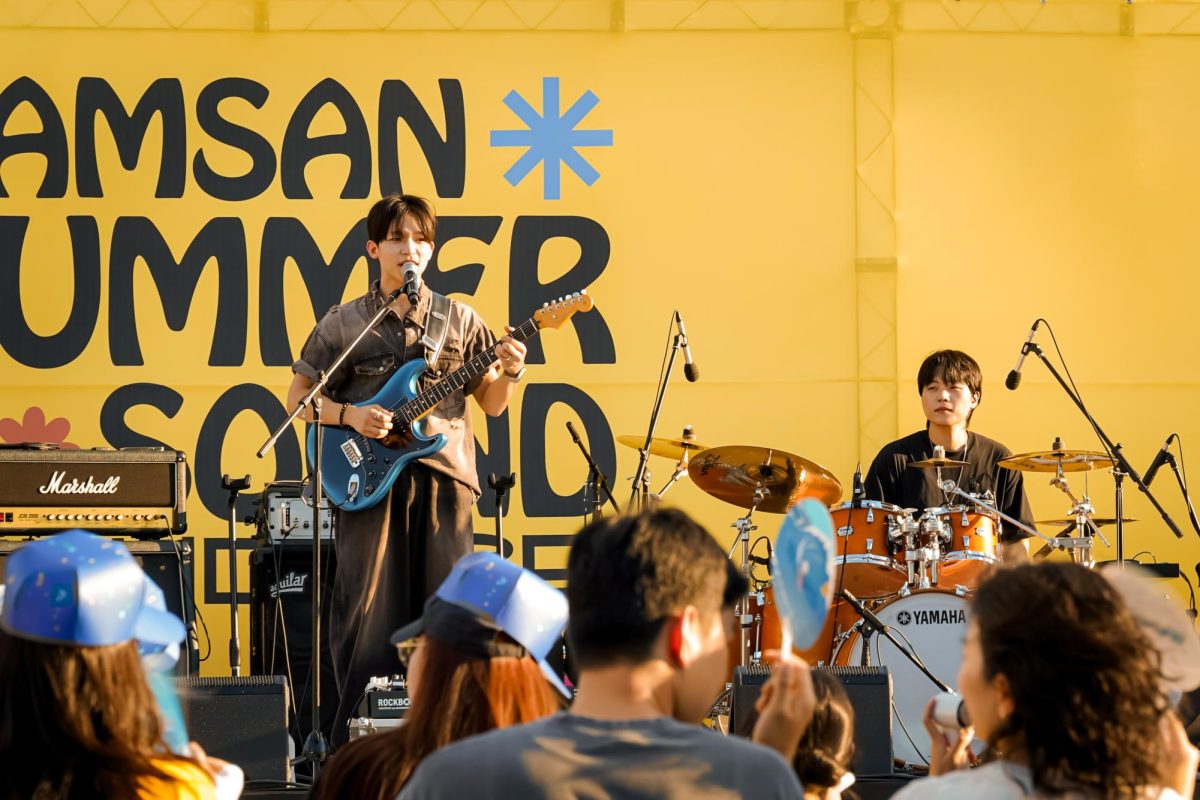


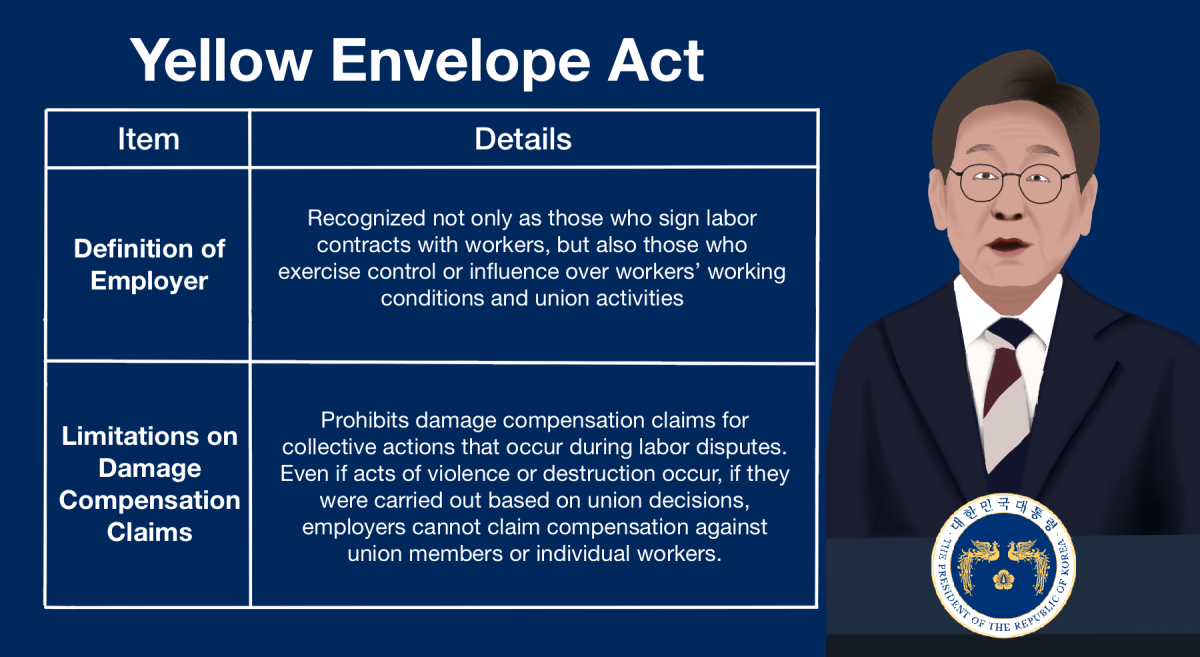
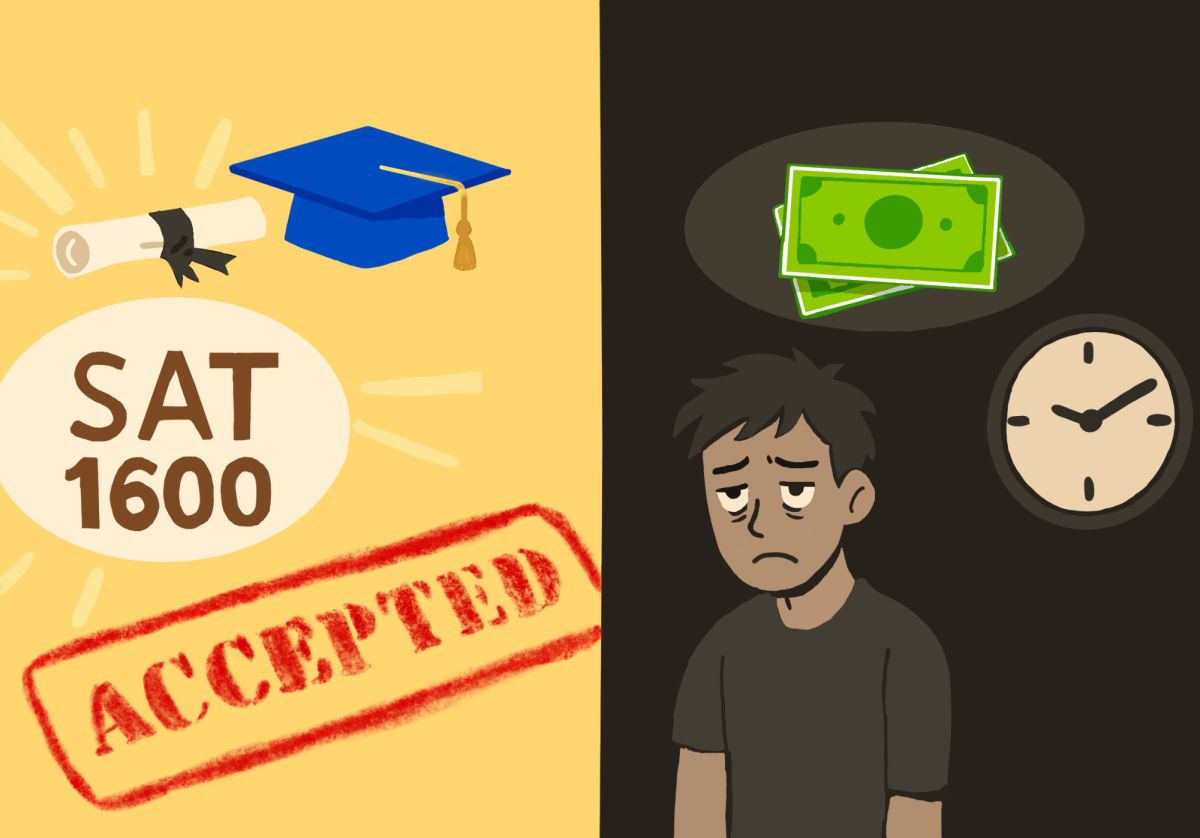
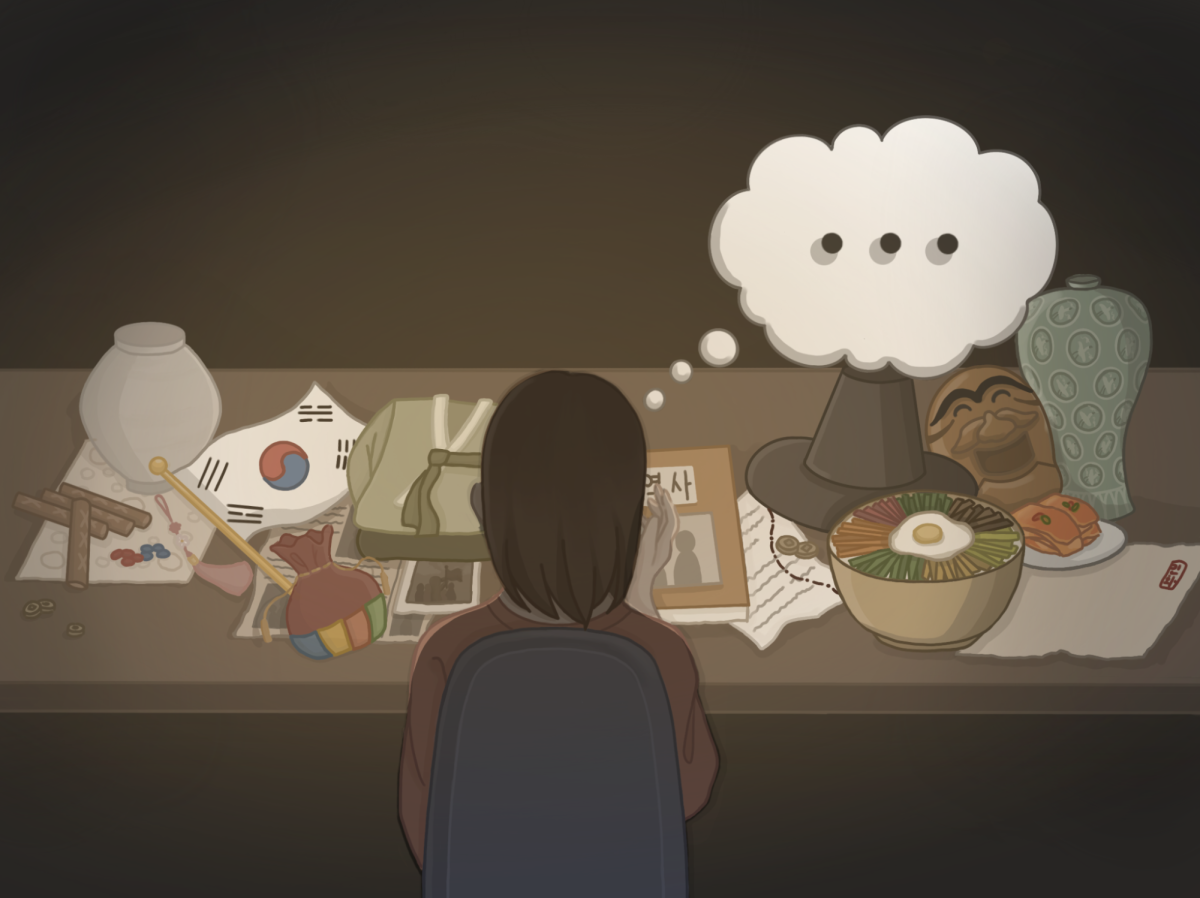
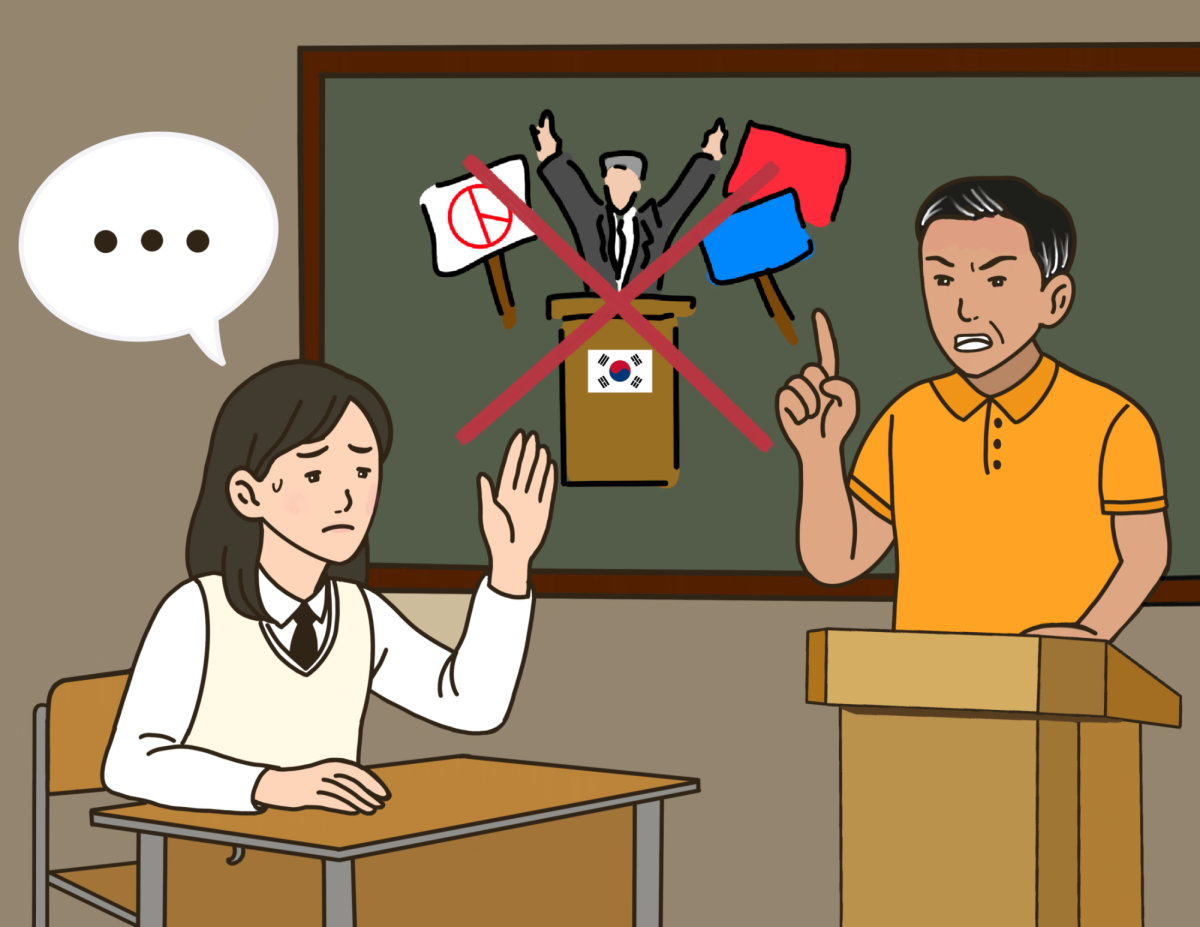

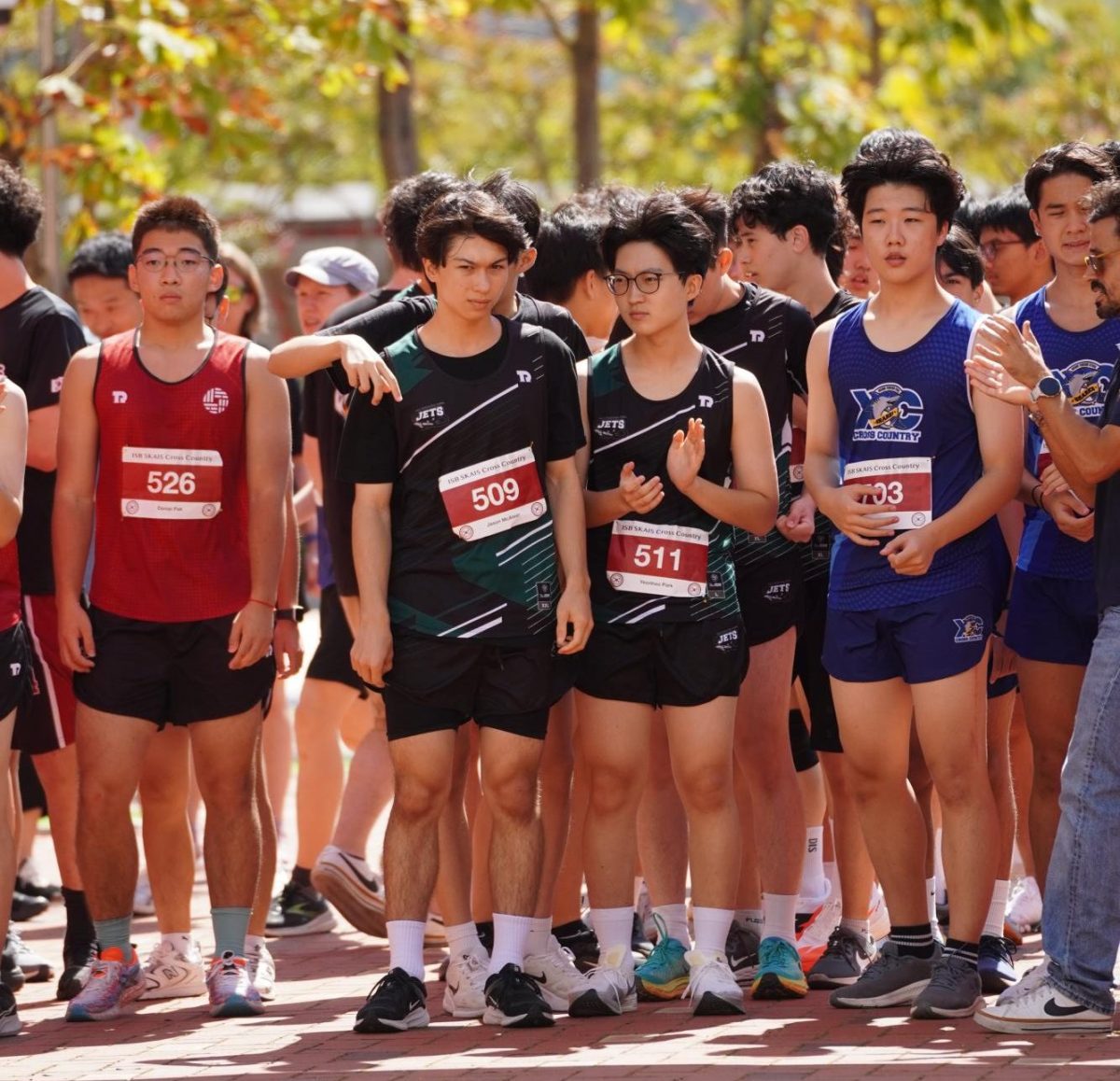
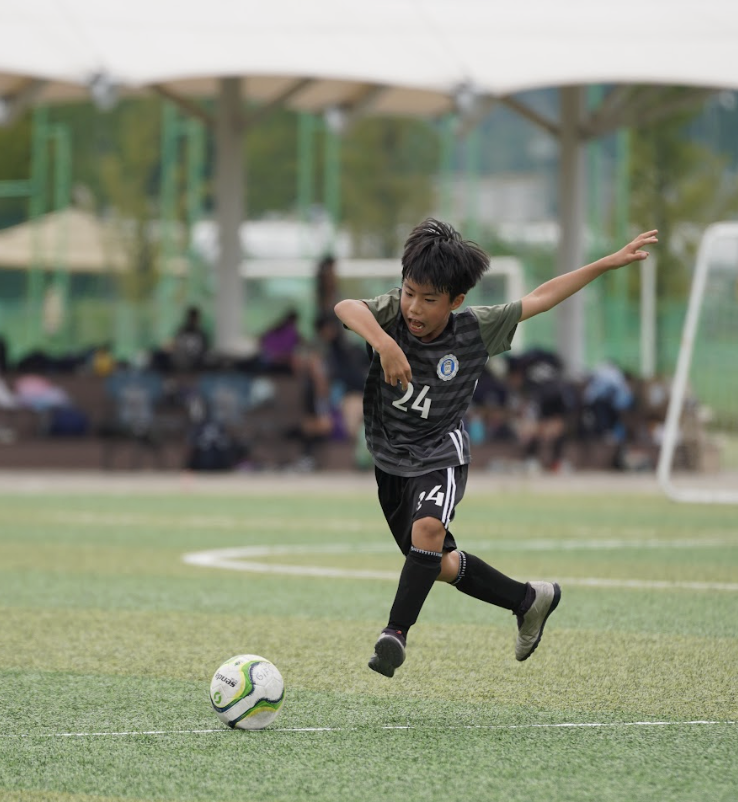
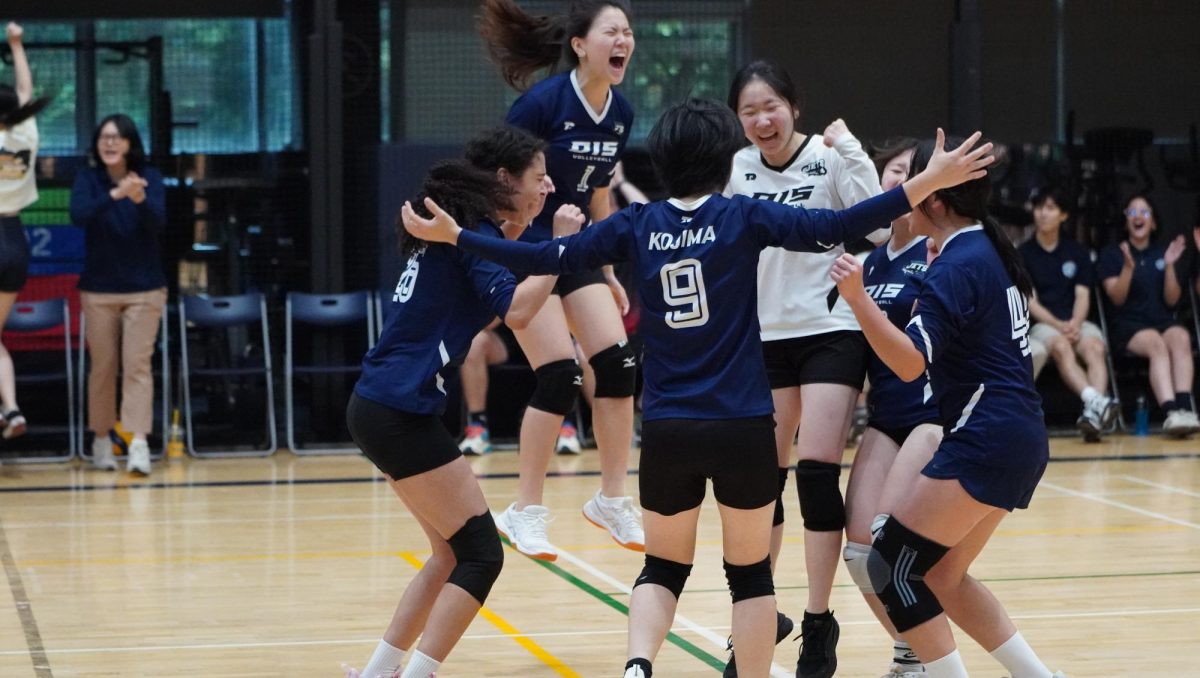
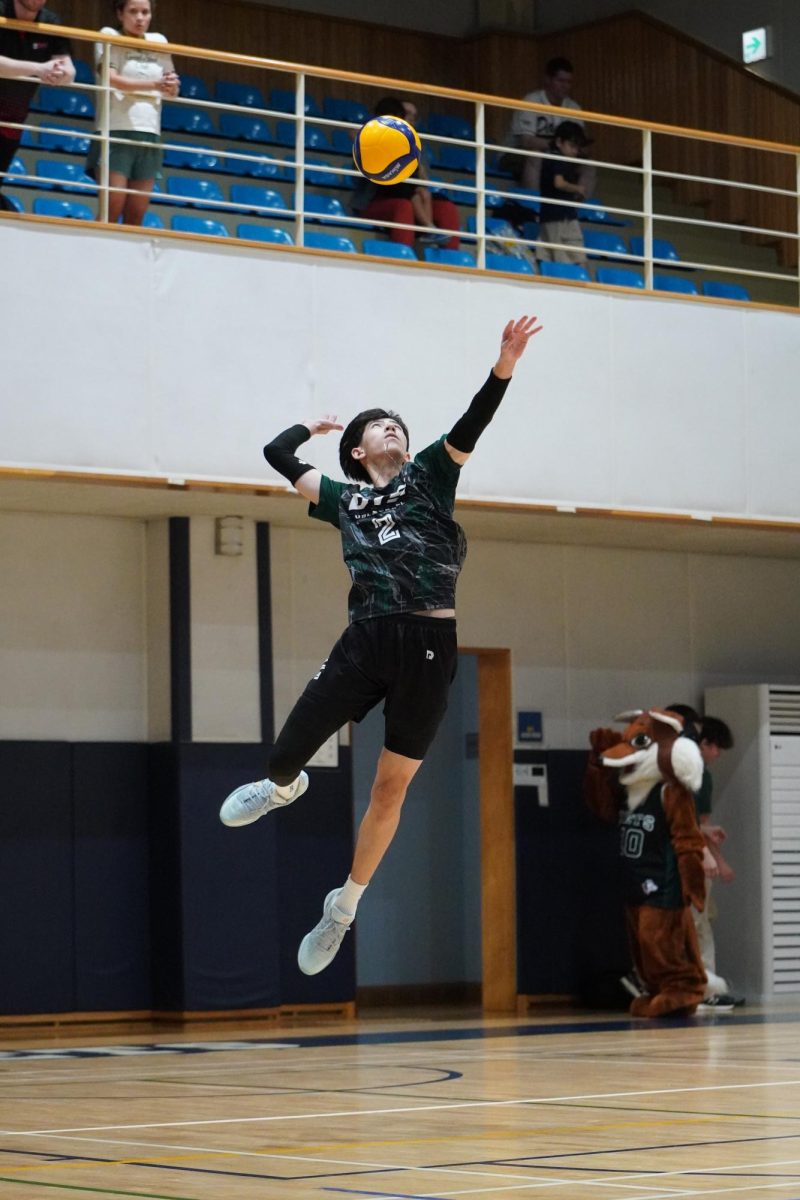
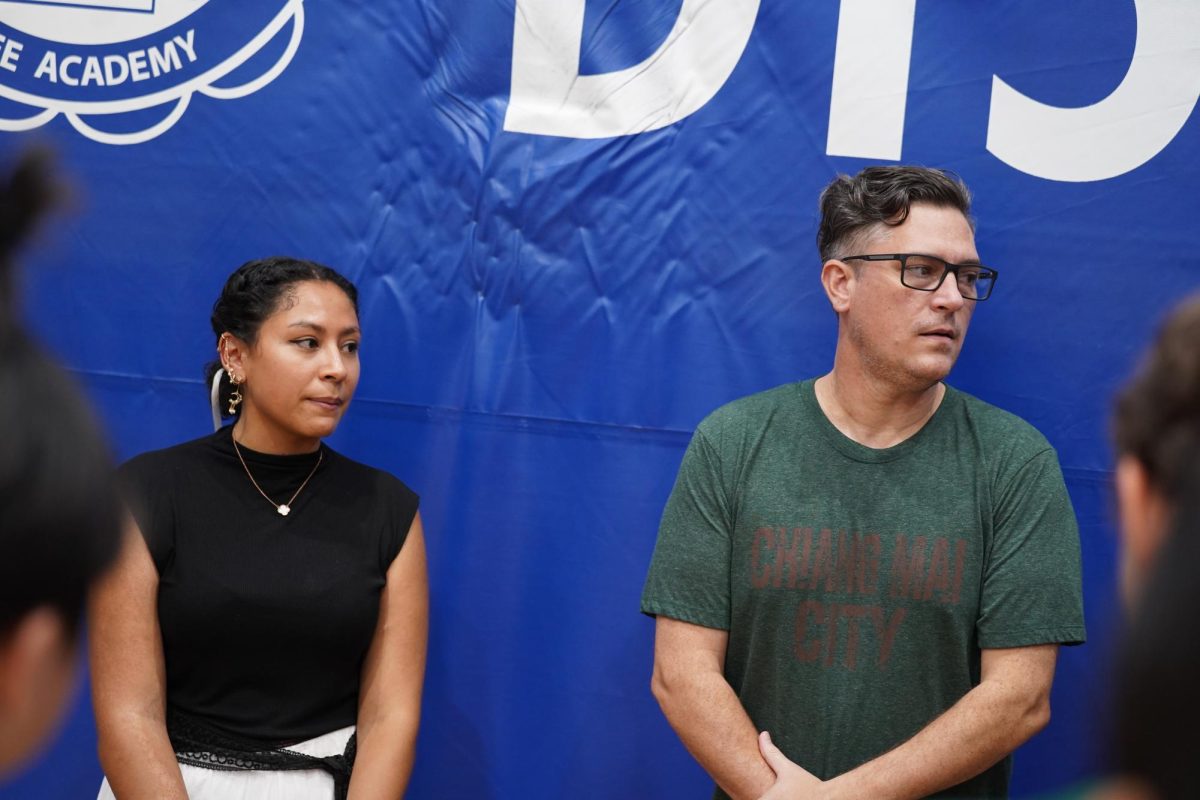
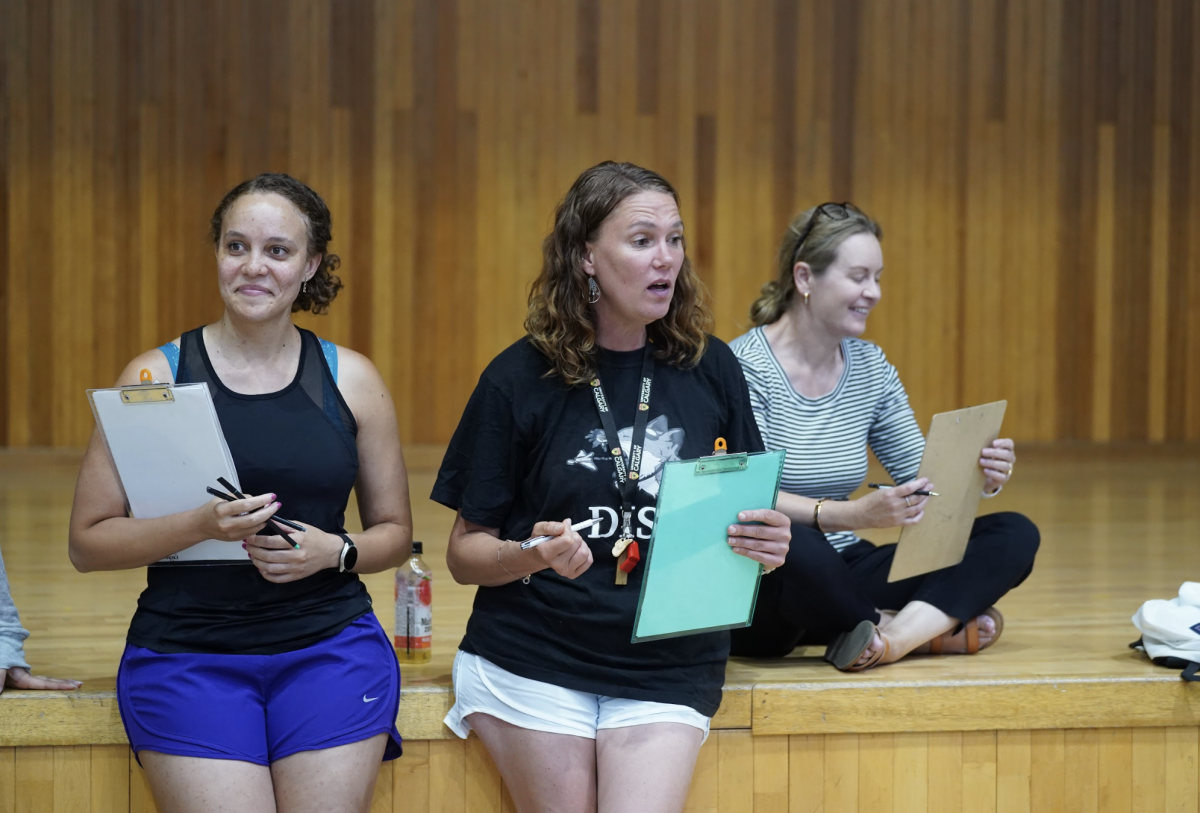





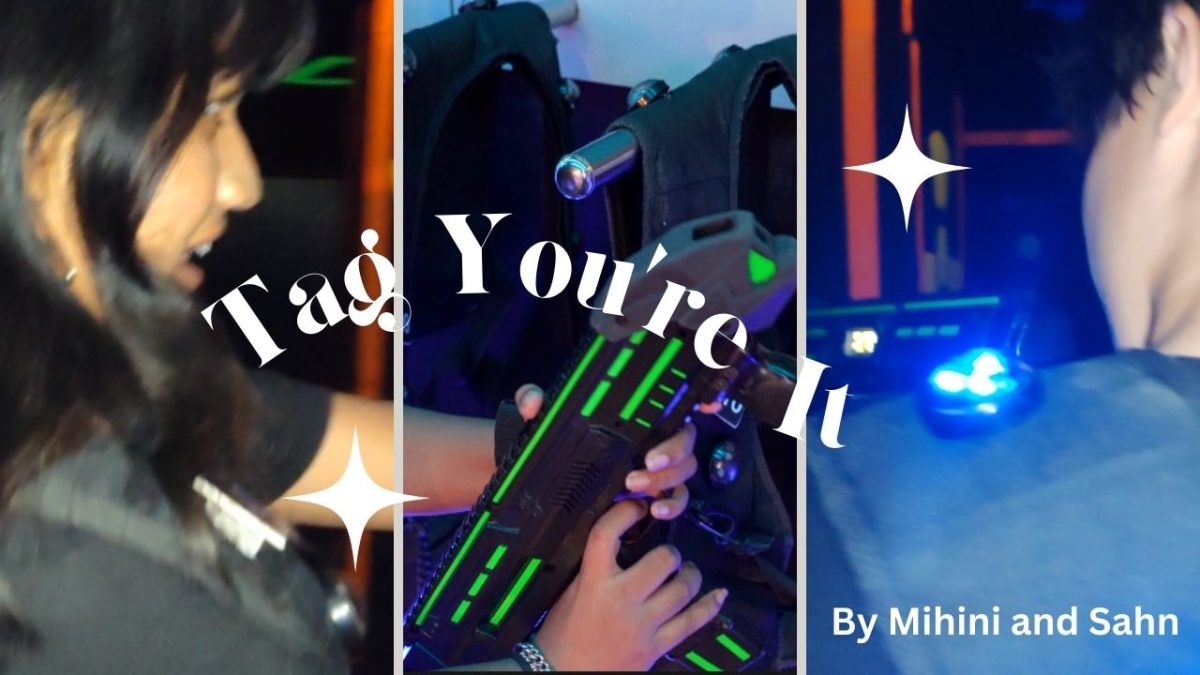

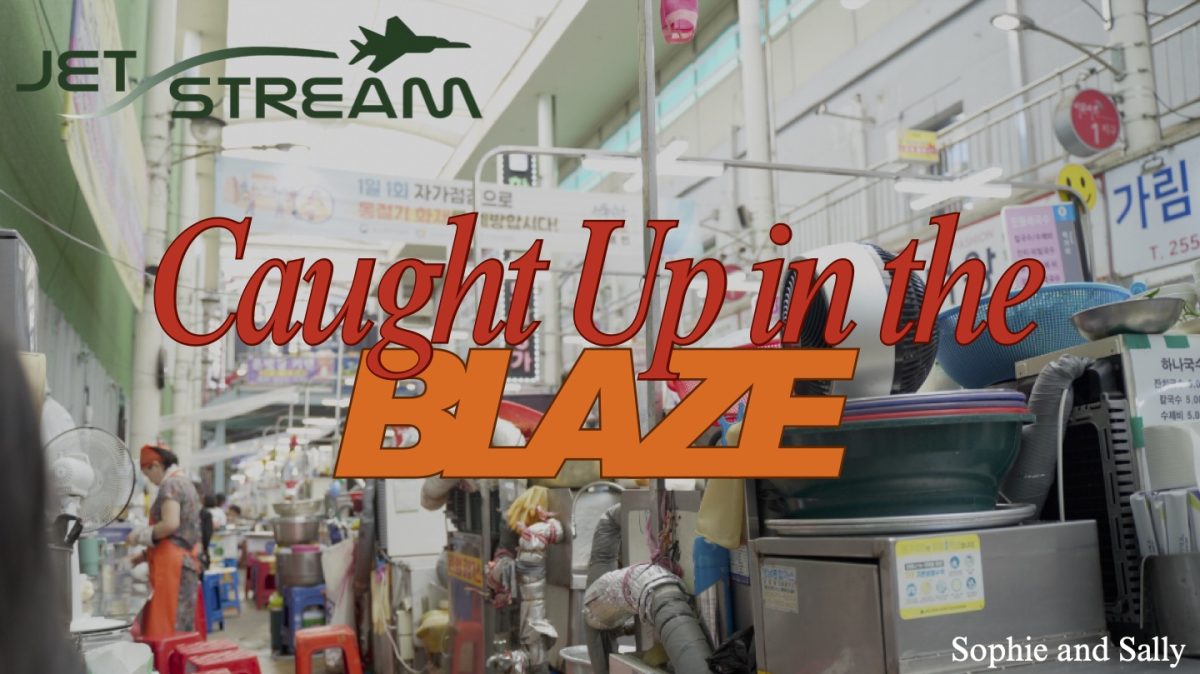

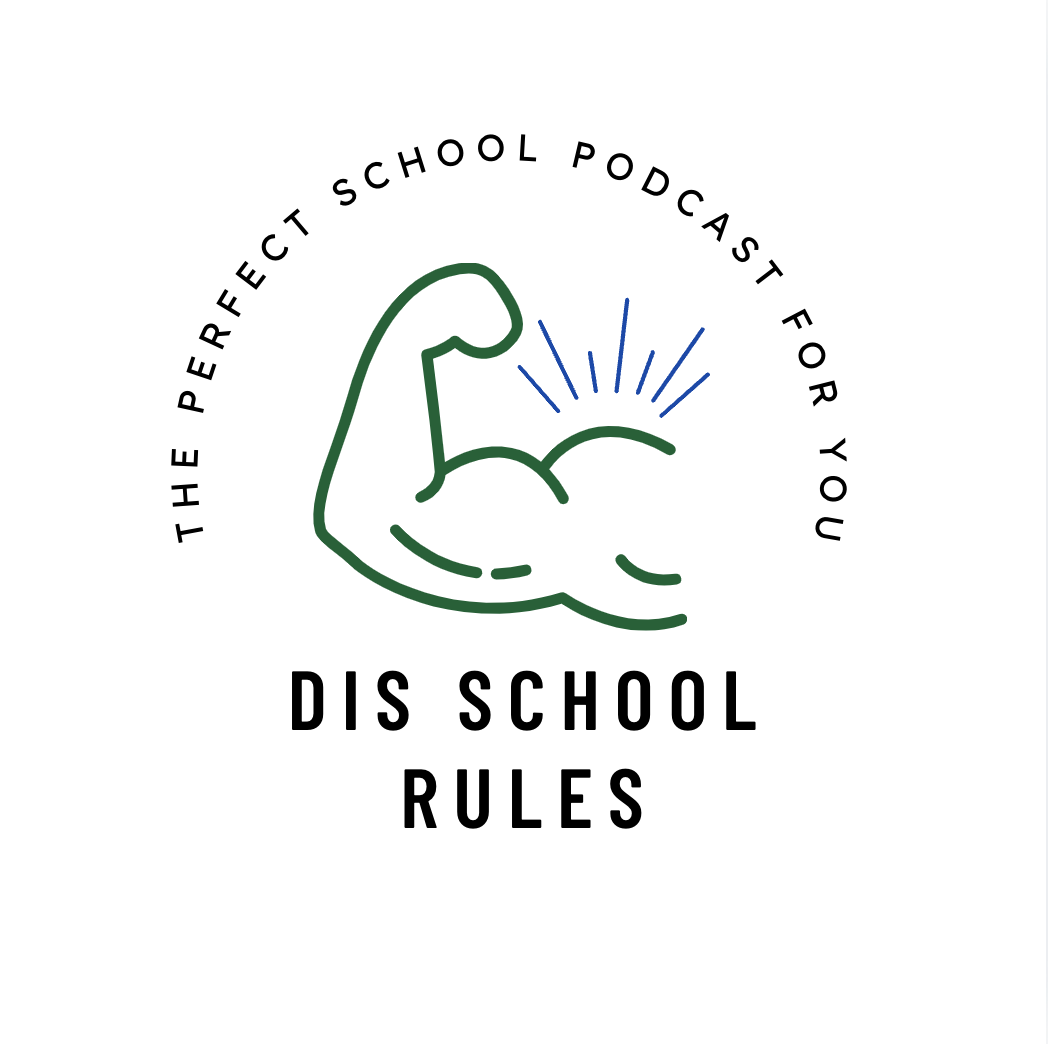


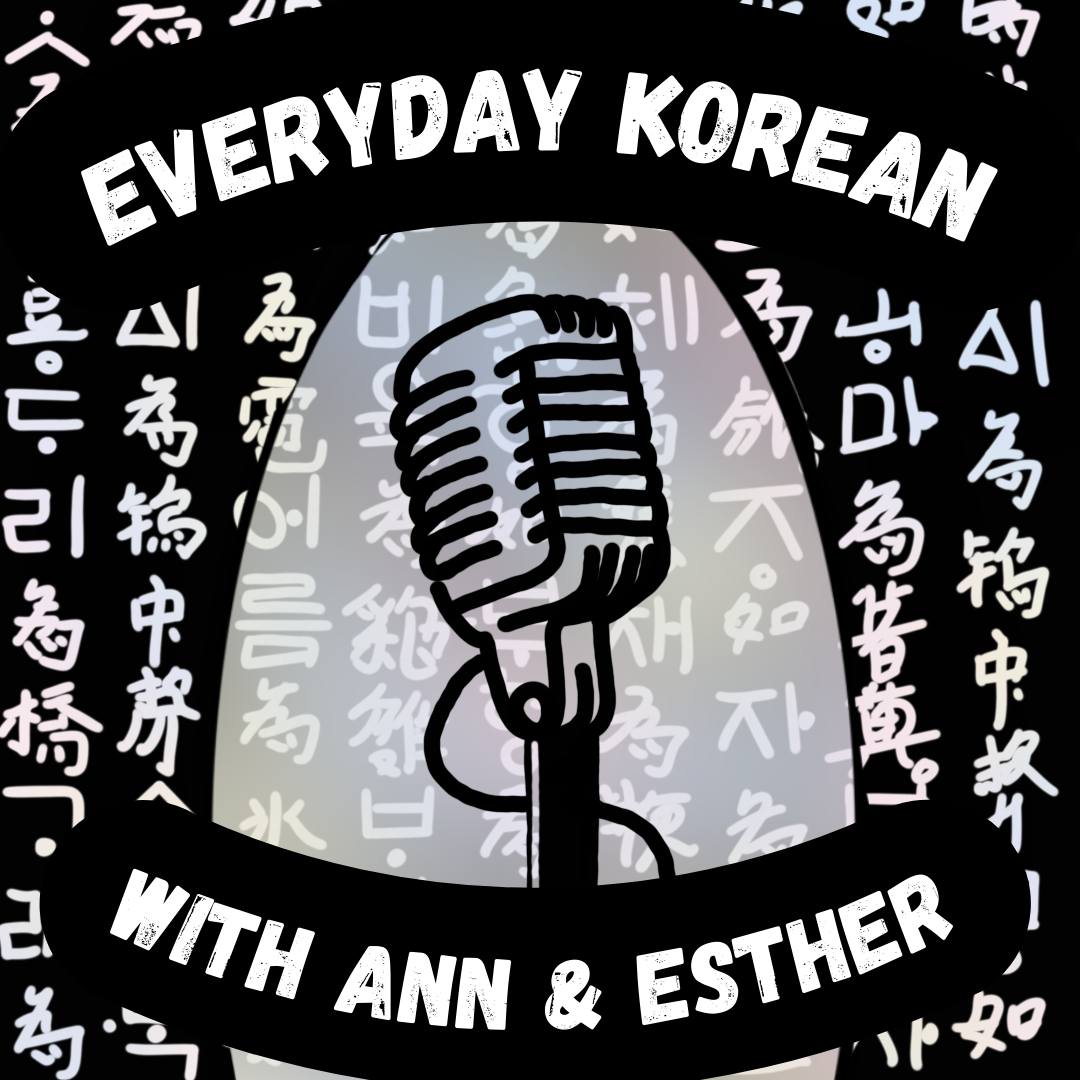

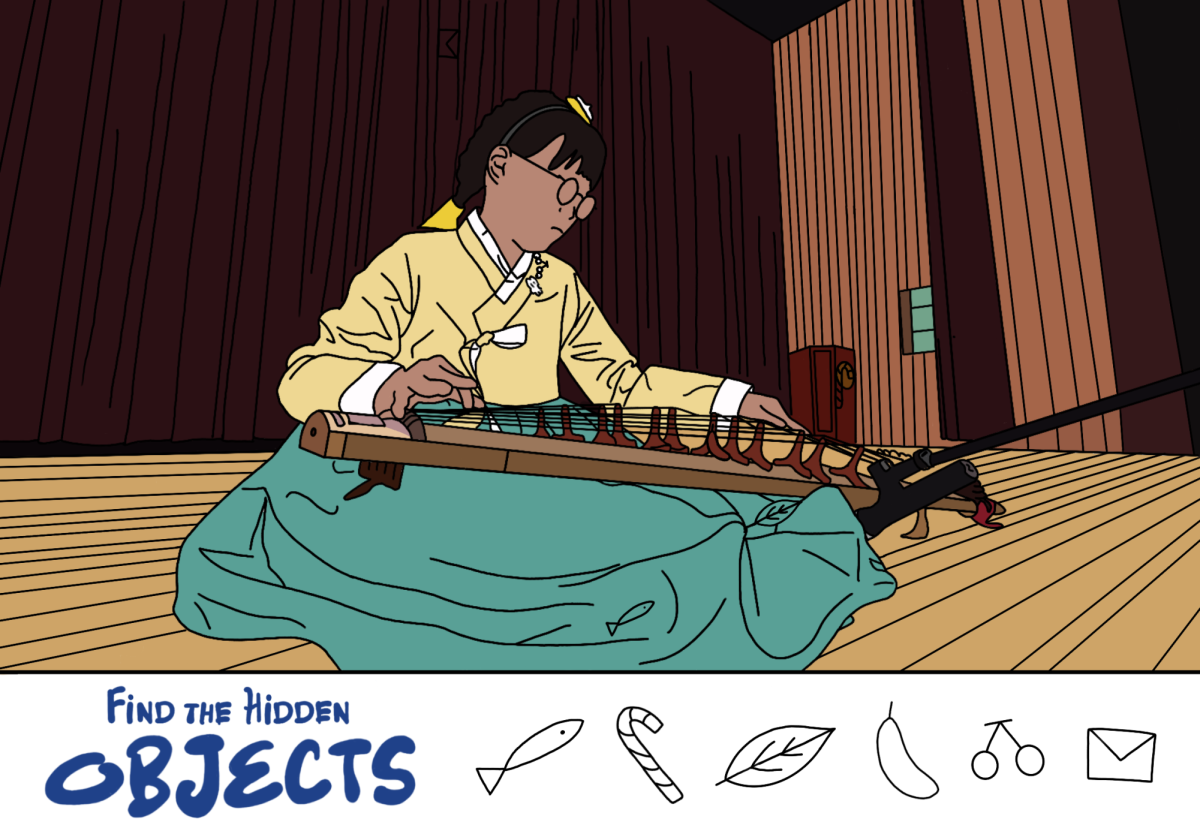


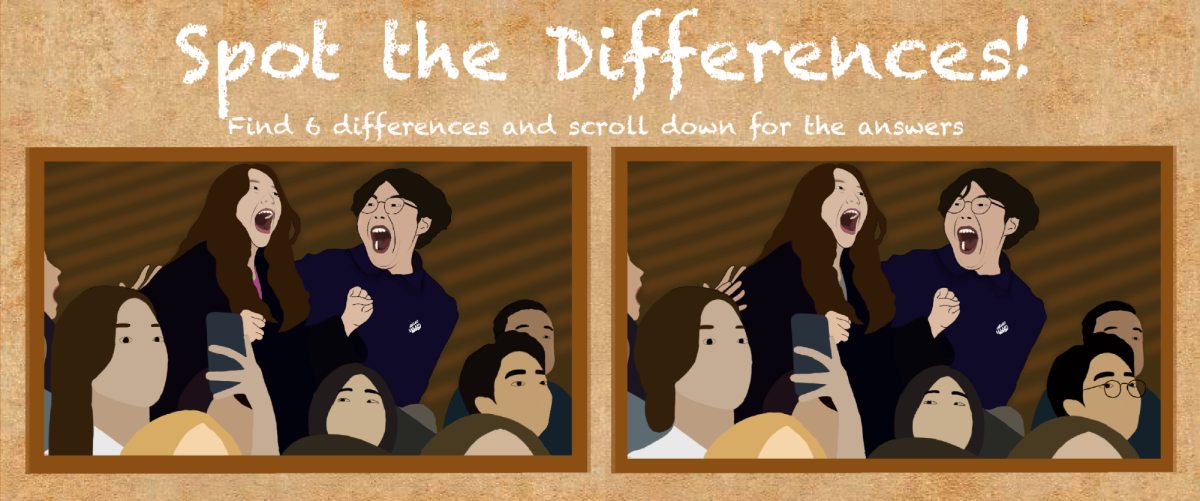
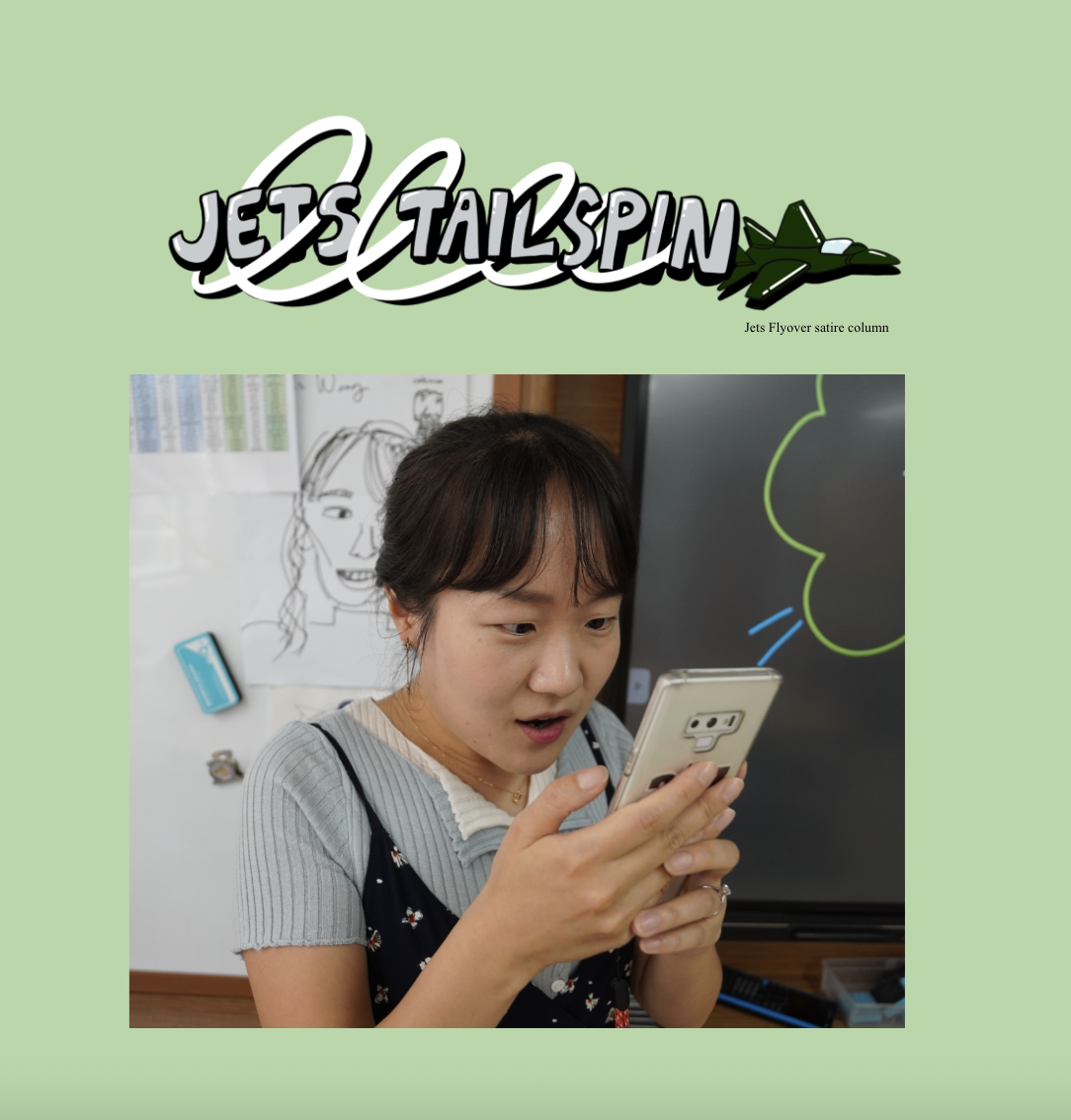

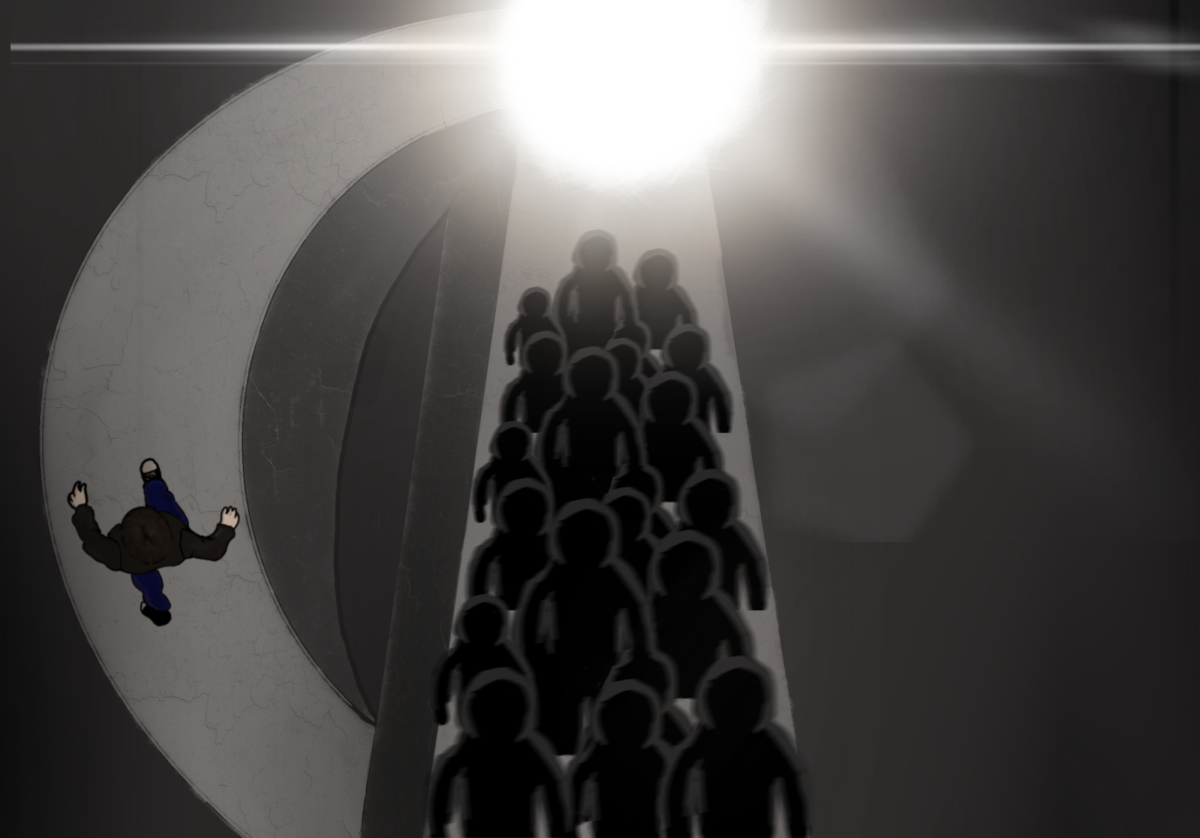
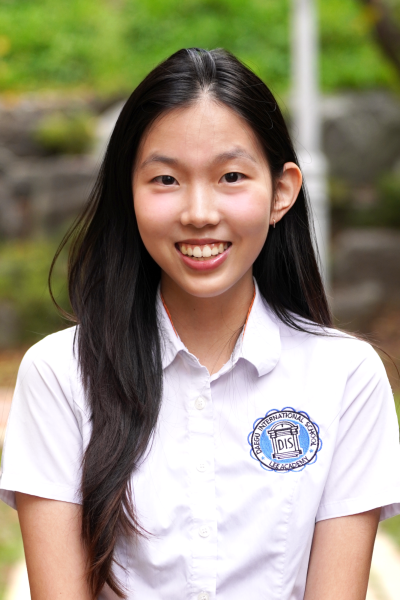

Yujun • Feb 26, 2025 at 6:33 pm
the article reminds me of my cousin sister who had to take a gap year studying for entrance exam of her graduate school. not accepted in her first trial, she had to prepare for “재수“, or 2nd test the following year, and although all of my relatives were supportive in front of her, they also gossiped and talked down behind her back. I think stigma for such “aberration” is especially serious in Korea.
Sola • Feb 24, 2025 at 12:08 pm
Lenny, amazing article as always!!! Thiss is amazing.
lennyyy • Feb 27, 2025 at 1:23 am
heehee ily solahhhh <3